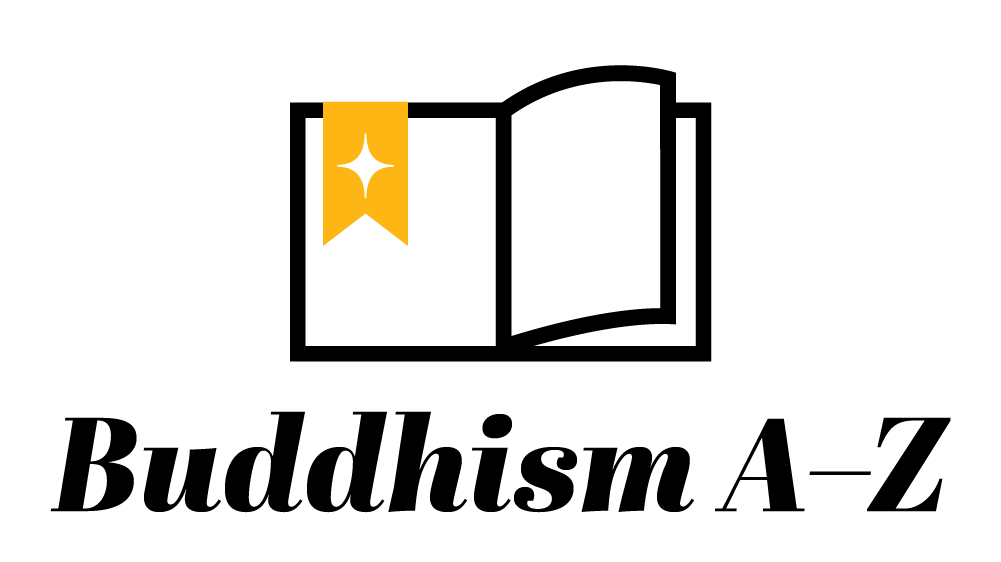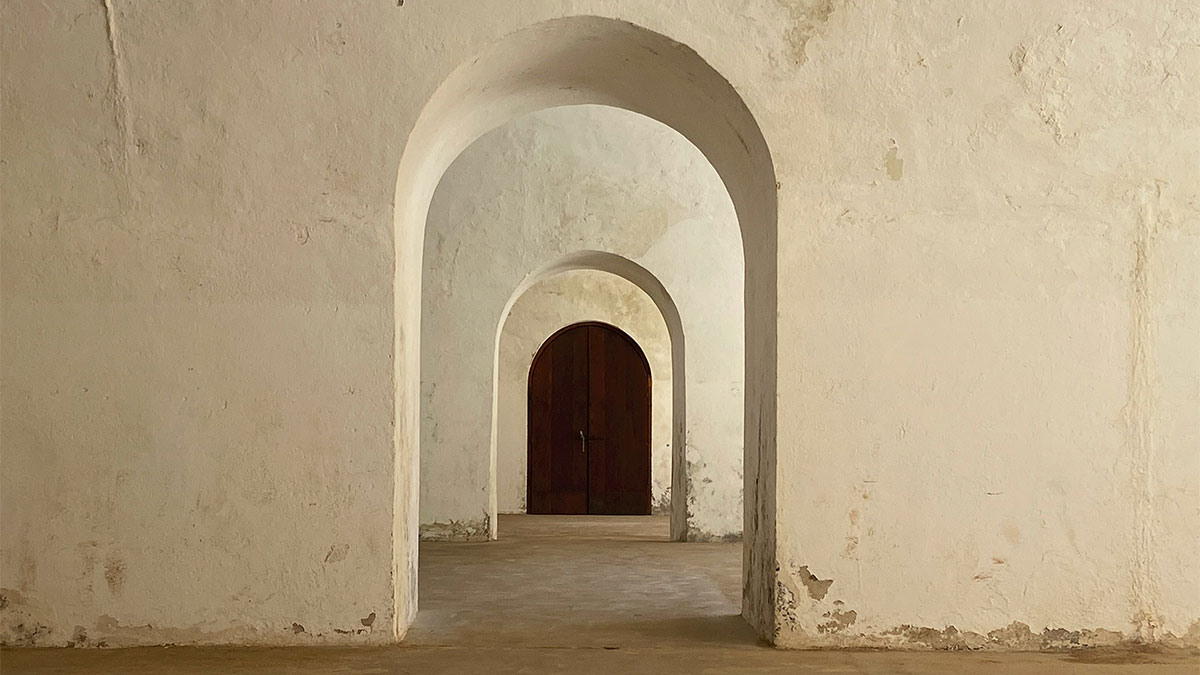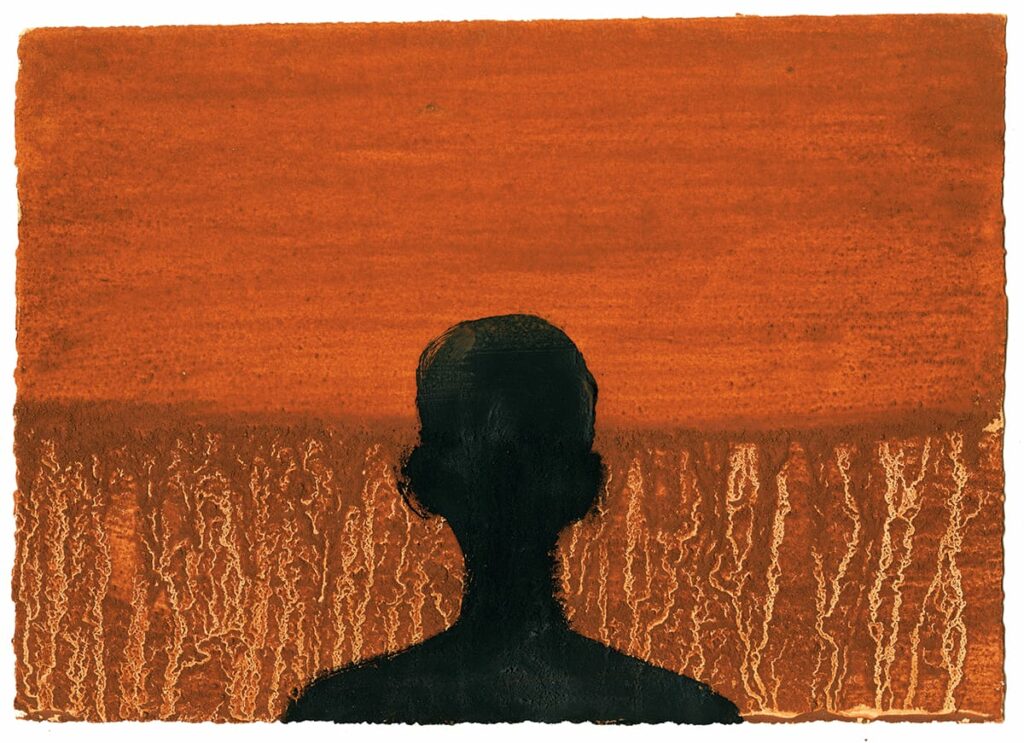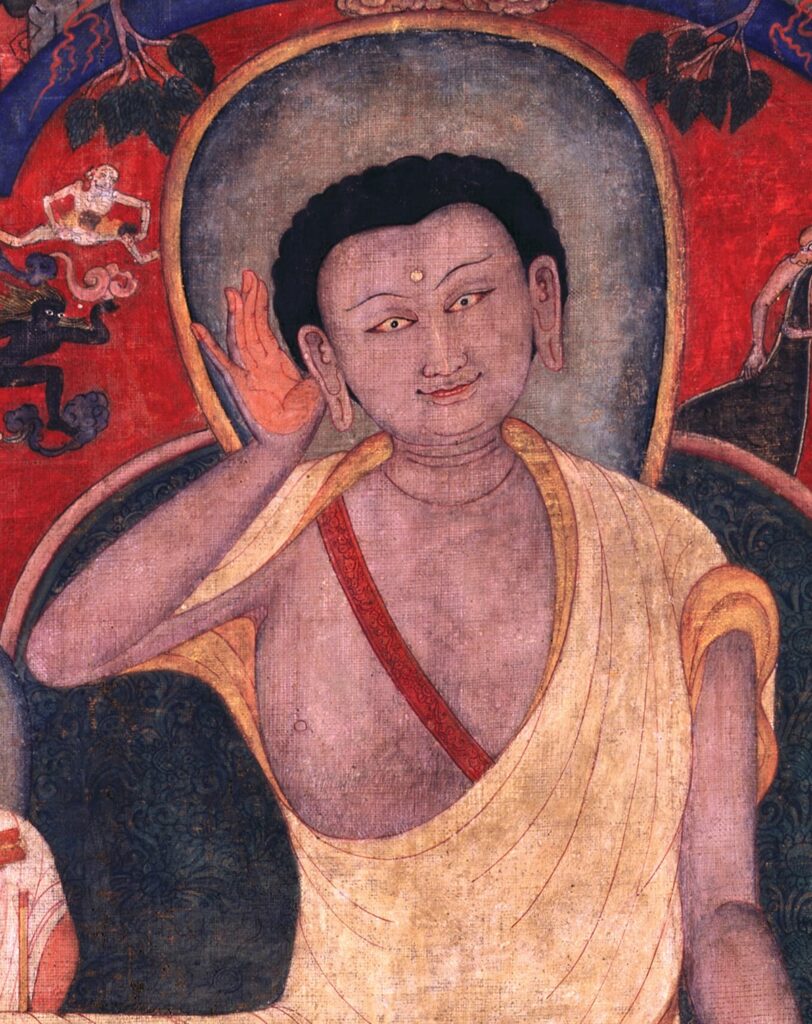Bardo is a Tibetan word meaning “gap” or “intermediate state.” Most famously, it refers to what we experience in the period, or bardo, between death and rebirth, as described in The Tibetan Book of the Dead.
More generally, the word may refer to the gap or space we experience between any two states.
The Tibetan tradition typically describes six bardos, three of which are experienced during this life and three that are experienced during the death and rebirth process. As contemporary Tibetan teacher Dzogchen Ponlop Rinpoche writes, “When the six bardos are viewed in full, we see that they encompass the entire spectrum of our experience as conscious beings, both in life and in death.”
The Six Bardos of Tibetan Buddhism
1) The Bardo of This Life
The bardo of this life, also known as the “natural” or “birth” bardo, refers to the period from birth to death. During this bardo, we accumulate karma through our actions, words, and thoughts.
2) The Bardo of Dreaming
The bardo of dreaming refers to the period of sleep when dreams occur. During this period, the mind is less constrained by the physical body and sensory inputs, and using certain techniques, we can experience a more liberated state of consciousness.
3) The Bardo of Meditation
The bardo of meditation, or “meditative concentration bardo,” refers to the period when a practitioner’s mind is fully immersed in a meditative state. In this bardo, when we are free from the usual distractions and illusions of daily life,.the mind can potentially gain a degree of control over its experiences and perceptions
4) The Bardo of Dying
The bardo of dying, also known as the “painful bardo of dying,” begins when the physical and mental processes of the body begin to dissolve at the onset of death and continues until the physical body has entirely ceased to function. It is taught that a person’s state of mind during this crucial time can significantly influence their journey through the subsequent bardos and their next rebirth.
5) The Bardo of Dharmata
The bardo of dharmata (Sanskrit for “the nature of reality”) begins immediately after the process of physical death when consciousness separates from the body. In this bardo, the pure, infinite expanse of the basic nature of reality is experienced. Those trained through meditation in experiencing this basic ground of being can achieve enlightenment during this bardo. However, without such training, most beings will become frightened or confused by the experience of dharmata and fall into unconsciousness, at which point they will begin the transition to their next birth.
6) The Bardo of Becoming
The bardo of becoming, also known as the “karmic” or “transitional” bardo, is when the karmic seeds planned in our base consciousness (alaya) begin to impel us toward our next birth. This bardo is said to be much like a dream in which we perceive a variety of powerful and often frightening appearances influenced by the karma (actions and their consequences) of previous lives. It’s during this bardo that signs of future life start to appear, and the consciousness eventually takes rebirth in one of the six realms of existence (god, demigod, human, animal, hungry ghost, or hell realm) according to one’s karma.
Liberation from the Cycle of Birth and Death
Each of the six bardos presents unique challenges and opportunities for the individual experiencing them. During the experience of each bardo, one’s goal is to recognize the true nature of reality and mind, avoid creating negative karma, and ultimately achieve liberation from the cycle of birth and death (samsara). During the bardos of dying, dharmata, and becoming, one’s consciousness is considered particularly open, providing an opportunity for liberation. The Tibetan Book of the Dead is often read out loud as a guide through these bardos.
Bardos in Everyday Life
We actually experience bardos throughout our day. When you finish reading this article and look up, there will be a moment of bardo, a tiny gap following the end of one activity and preceding the start of another. If you notice them, these bardos of everyday life are places of potential transformation. It is in such gaps in our usual stream of consciousness that the basic nature of mind can be perceived.
In meditation practice, you can notice the simple, nonconceptual awareness in the gap between thoughts. The bardo between death and rebirth is considered a particularly good opportunity for enlightenment.
Bardos are spaces of potential creativity and innovation, because they create breaks in our familiar routines and patterns. In that momentary space of freedom, the fresh perception of something new and awake may suddenly arise.
Related Reading
The Four Points of Letting Go in the Bardo
It’s when we lose the illusion of control—a "bardo" state where we are most vulnerable and exposed—that we can discover the creative potential of our lives.
A Commentary on “The Eight Bardos”
According to Tibetan Buddhism, all life and death take place in the gap, or bardo, between one state and another. While the most famous bardo is the one between death and rebirth, there are others that also shape our lives. Khenchen Konchog Gyaltshen presents a commentary on Milarepa’s song of realization “The Eight Bardos.”
Buddhism A–Z
Explore essential Buddhist terms, concepts, and traditions.



